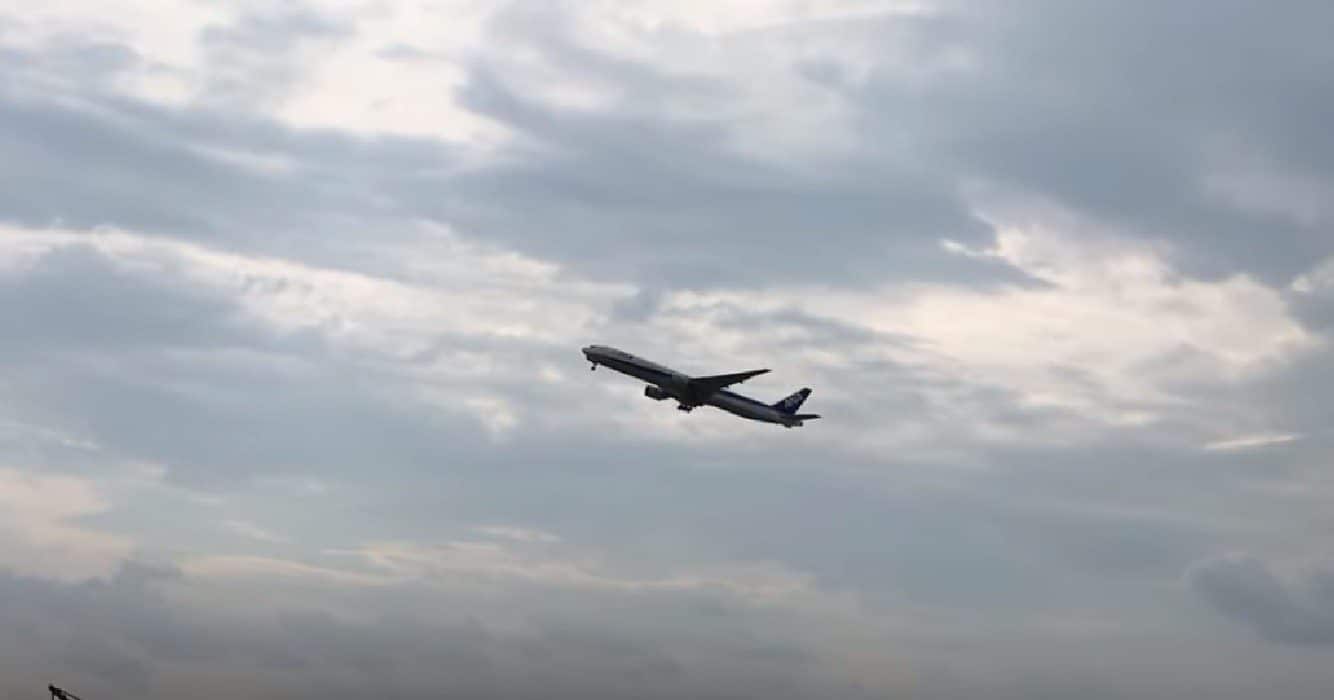Perhaps a significant shift is about to occur in the travel industry. In just two hours, it may be feasible to go everywhere in the world thanks to suborbital flights, which NASA is apparently testing.
A Leap Towards Progress

With the help of NASA’s ongoing research and improvements, suborbital flights—once the stuff of science fiction—are now a definite possibility. The dynamics of international travel may be reimagined as a result of this ground-breaking action, drastically downsizing the globe. Attempts by NASA to conduct suborbital flights may have profound effects on international travel. Just picture taking a plane from New York to Tokyo or Sydney and landing there in two hours! A revolution in business, travel, and even diplomacy may result from such speed and efficiency.
More on the Technical Side

When a spacecraft is launched on a suborbital trip, it is sent to the edge of the earth’s atmosphere, where it can fly at amazing speeds before reentering the atmosphere and landing at the destination. Long intercontinental flights might become obsolete because to this technology. Although the prospect of swift travel is exciting, it’s crucial to think about how suborbital flights may affect the environment. NASA is developing this technology while also concentrating on reducing the carbon footprint of these incredibly quick flights.
A sensation of thrill and anticipation arises from the thought of 2-hour international flight. We can only speculate about the potential changes to our world when any place is only a few hours away as NASA continues to test and improve suborbital flying technologies. Finally, the work being done by NASA to test suborbital flights represents an exciting step toward a time when distance won’t be an obstacle. We look forward to a brand-new era of global connectivity and discovery as we get closer to this reality.


